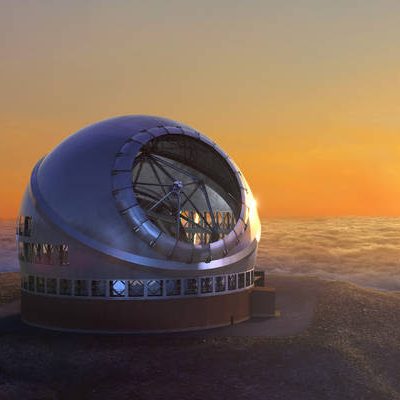
Hi everyone,
After years of controversy and litigation, Hawaii’s Supreme Court gave final approval yesterday for the Thirty Meter Telescope (TMT) to be built on Maunakea, the 14,000 foot (4,200 meter) dormant volcano on the Big Island of Hawaii.
Stargazing in Hawaii goes back nearly two thousand years.
“The ancient Hawaiians were astronomers,” wrote Queen Liliuokalani, Hawaii’s last reigning monarch, in 1897.
The first people to behold Maunakea were Polynesians whose legendary ability to sail across the vast Pacific Ocean by observing the stars, winds, waves, and cloud patterns brought them to Hawaii’s shores. Hawaiian astronomers, called kilo hoku or “star watchers,” were among the most esteemed members of Hawaiian society.
No one knows for certain whether the ancient Hawaiians made astronomical observations from the summit of Maunakea. The mountain is revered as the embodiment of the piko, or umbilical cord, that connects Hawaiians through time to their ancestral origin as descendants of the gods. Perhaps the kilo hoku came to Maunakea to discern signs in the starry skies from its vantage point closest to the heavens. Or perhaps the summit was considered too sacred for such human activities.
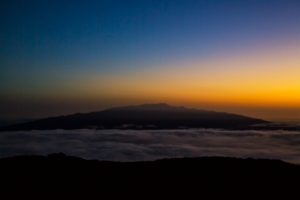
Maunakea at sunrise
Today, thirteen of the most powerful and sophisticated telescopes ever built stand near the summit of Maunakea. In a sense, they’re modern testaments to the mountain’s glory, built by astronomers who, like the Hawaiians that came here before them, revere Maunakea as a gateway to the heavens. Many astronomers consider Maunakea to be the best astronomical site in the world, where natural conditions give the clearest views of the cosmos. Thousands of scientific papers have been based on observations made with these telescopes.
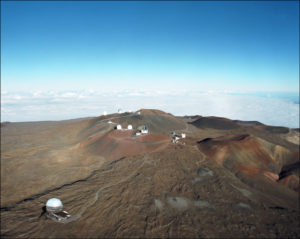
The summit of Maunakea, with an artist’s rendering of the TMT at the lower left
But some native Hawaiians have long viewed the presence of telescopes on Maunakea as desecration of sacred land and a painful reminder of the illegal occupation of what was once their sovereign nation. When plans were announced to build the TMT there, protests and legal challenges erupted. Here’s a photo I took during a recent trip to the Big Island; the words on the monument say “Kingdom of Hawaii is still here. We never left.” Still, polls show that a majority of native Hawaiians support construction of the TMT on Maunakea, recognizing the kilo hoku and modern astronomers as kindred spirits.
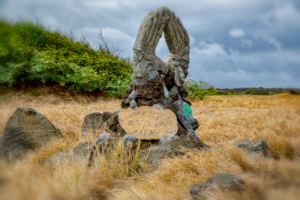
A photo I took during a recent trip to the Big Island
The decision by Hawaii’s Supreme Court to grant permission for TMT to be built on Maunakea is a major step forward that, in principle, brings the years of legal challenges to conclusion. I suspect, however, that the controversy won’t end with this decision, with protests and civil disobedience likely to continue. There’s a lot of passion and strong feelings, but it’s my hope that with enough mutual respect and acceptance of different world views it’ll be possible for everyone to feel welcomed on Maunakea to embrace their cultural heritage and to study the stars.
If you’d like more context about the TMT controversy, and my personal thoughts on it,
here’s an article I wrote for
Scientific American a few years ago (full disclosure: I spent seven years as a professor at the University of Hawaii, have used almost all of the telescopes on Maunakea in my research, and written two books about Maunakea):
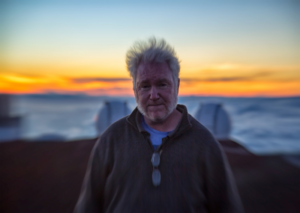
Me, cold and windblown on the summit of Maunakea
Best regards,
Michael
***
Sign up for AstroAlerts from Lowell Observatory’s Deputy Director for Science, Dr. Michael West, to receive breaking news stories from the world of astronomy, as well as information about upcoming meteor showers, eclipses, International Space Station sightings and other astronomical events.
Want a taste of what you will be receiving? Click HERE for an archive of the most recent AstroAlerts sent to subscribers.




